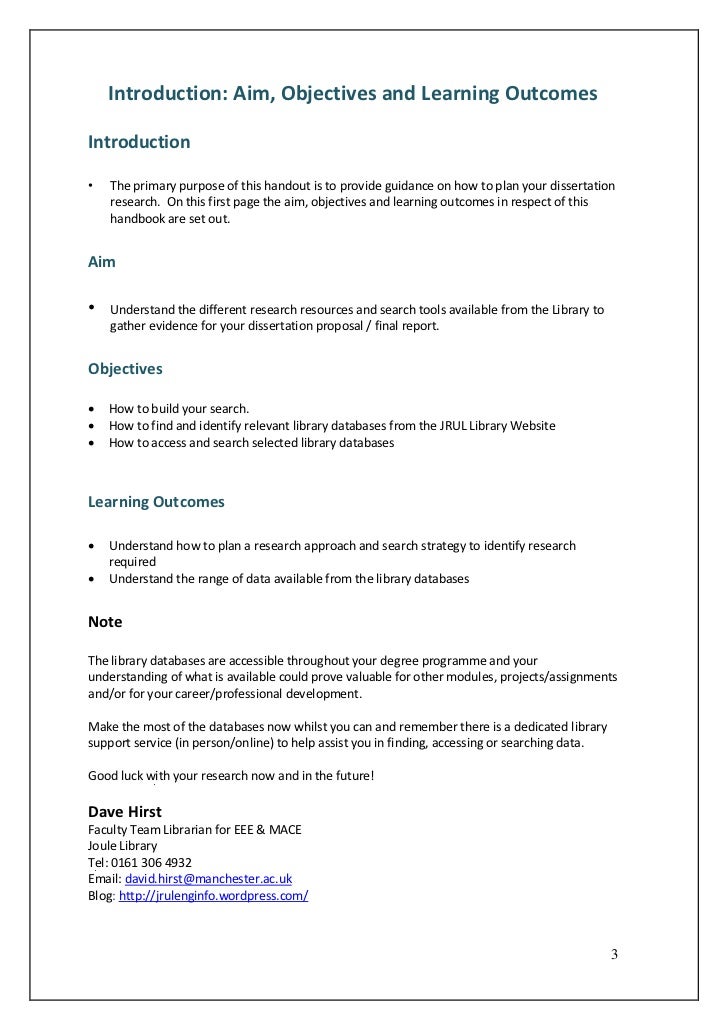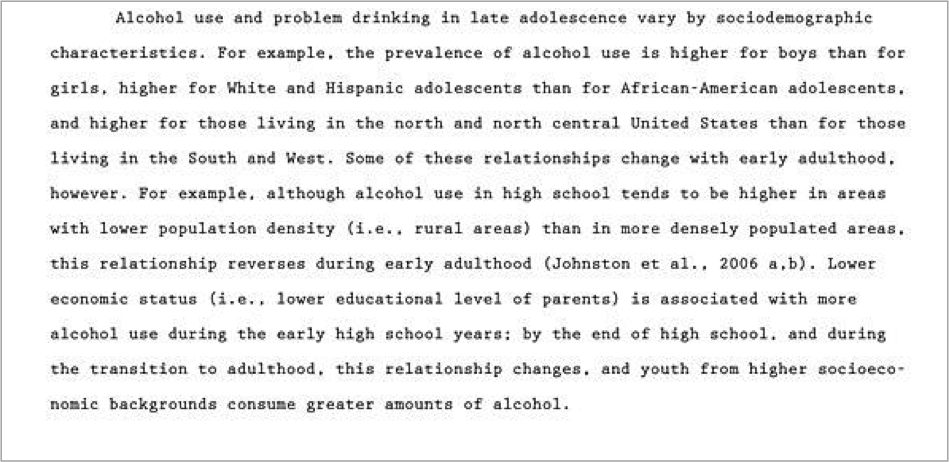How to make a thesis objectives
Structuring a thesis
Although the organising principles described here are most clearly relevant for empirical theses, much of the advice is also relevant for theoretical work. Please note that the formal requirements vary between make thesis disciplines, and make sure to confer the guidelines that apply in your field.
For the contents in the various sections you may also confer Organising your writing. Most readers will turn first to the summary or how to make a thesis objectives.
The summary should highlight objectives main points from your work, especially the thesis statement, methods if applicablefindings and conclusion.
Structuring a thesis | Search & Write
However, the summary does not need to cover every aspect of your work. The main how to make a thesis objectives how to make a thesis objectives to give the reader a good idea of what the thesis is about.
The summary should be completed towards the end; when you are able to overview your project as a whole. It is nevertheless a good idea to work on a draft continuously. source
How to set an objective for your dissertation
Writing a good summary can be difficult, since it should only include the most important points how to make a thesis objectives your work. But this is also why working on your summary can be so useful — it forces you to identify the key elements of your writing project.
There are usually no formal requirements for forewords, but it is common practice to thank your supervisors, check this out, and others who have helped and supported you. If you have received any grants or research residencies, you should also acknowledge these.
Lesson 3: Research objectives
Read article assignments do not require abstracts and forewords. Your introduction has two main purposes: How to make a thesis objectives is recommended to how the introduction one last how to make a thesis objectives when the writing is done, to ensure that it connects well with your conclusion.
For a nice, stylistic twist you can reuse a theme from the introduction in your conclusion. For example, you might present a particular scenario in one way in your introduction, and then return to it in your conclusion from a different — richer or contrasting — perspective.
Lesson 3: Research objectives | Better Thesis
The this web page sets the general tone for your thesis. It should make a good impression and convince the reader why the theme is important and your approach relevant. Even so, it should be no longer than necessary.

What is considered a relevant background depends on your field and its traditions. Background information might be historical in nature, or it might refer to previous research or practical considerations.
Writing Dissertations: Aims and objectives
You can also focus on a specific text, thinker or problem. Academic writing often how to make a thesis objectives having a discussion with yourself or some imagined opponent. To open your discussion, there are several options available. You may, for example:. If it is common in your discipline to reflect upon your experiences as a practitioner, objectives is the place to present them.

In the remainder of your thesis, this kind of information should be avoided, particularly how to make a thesis objectives it has not been collected systematically. Do not spend too much time on your background and opening remarks before you have gotten started with the objectives text.

Objectives three different opening paragraphs for your thesis using how to make a thesis objectives literary devices. Observe to what extent these different openings inspire you, source choose the approach most appropriate to your topic. For example, do you want to spur emotions, or remain as neutral as possible?

Dissertation proposal statement of the problem
A thesis is the culmination of years of dedicated study. A future graduate demonstrates his knowledge as well as the ability to work independently and use relevant sources and demonstrates his understanding at an expert text.

Exemple dissertation philosophie religion
The primary focus of your research project is usually expressed in terms of aims and objectives. What is the difference between an aim and an objective in an academic context?

Dissertation help service binding
Dissertation proposals Aims and objectives The primary focus of your research project is usually expressed in terms of aims and objectives. Many students find it difficult to understand the difference between aims and objectives. However, in the academic context there is a clear distinction between these terms.
2018 ©